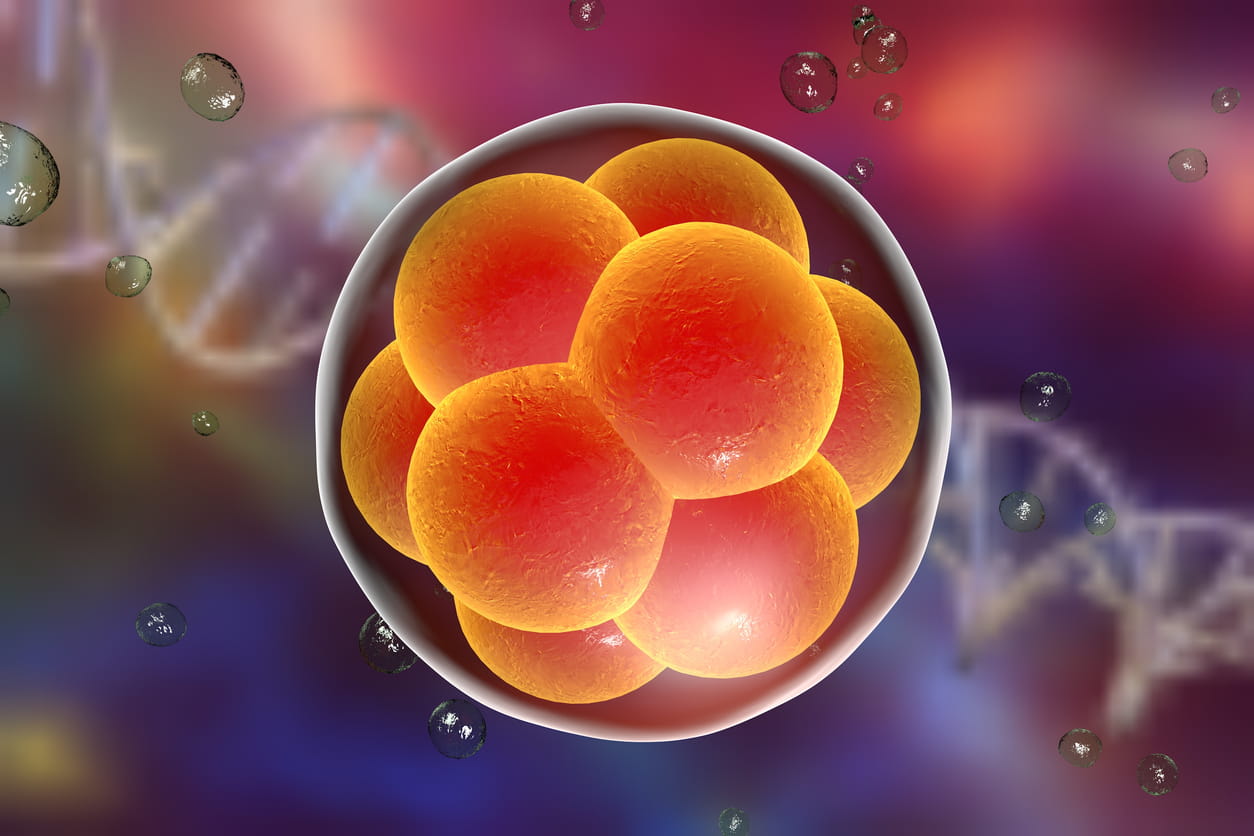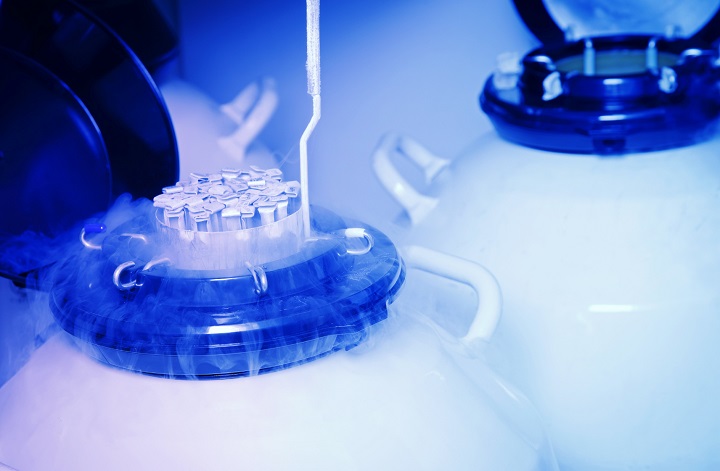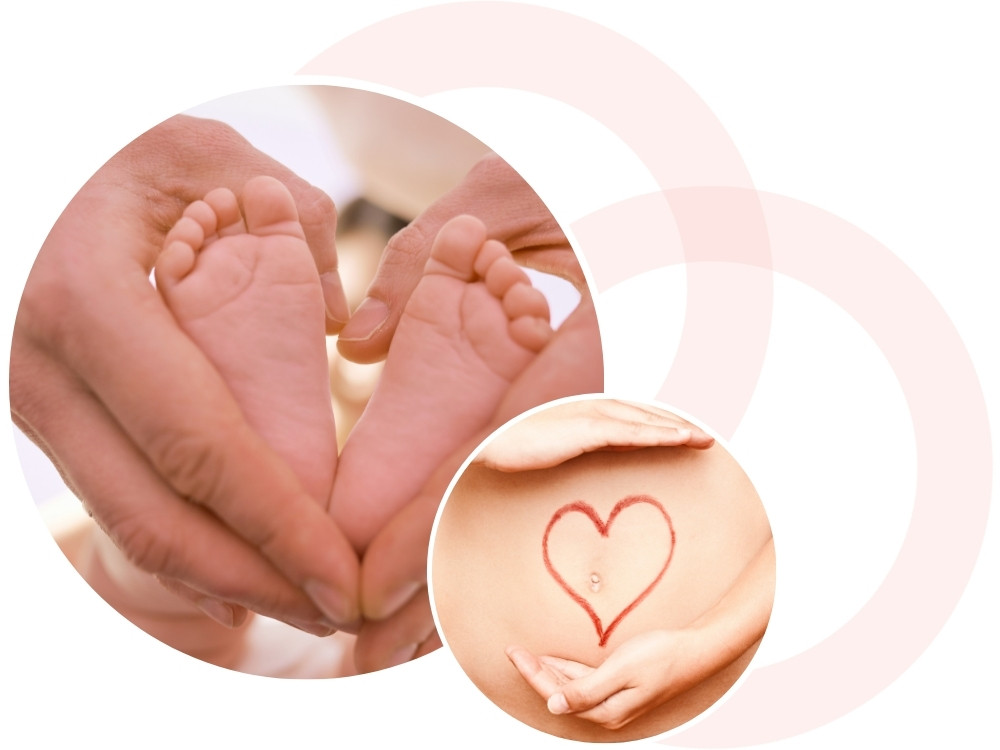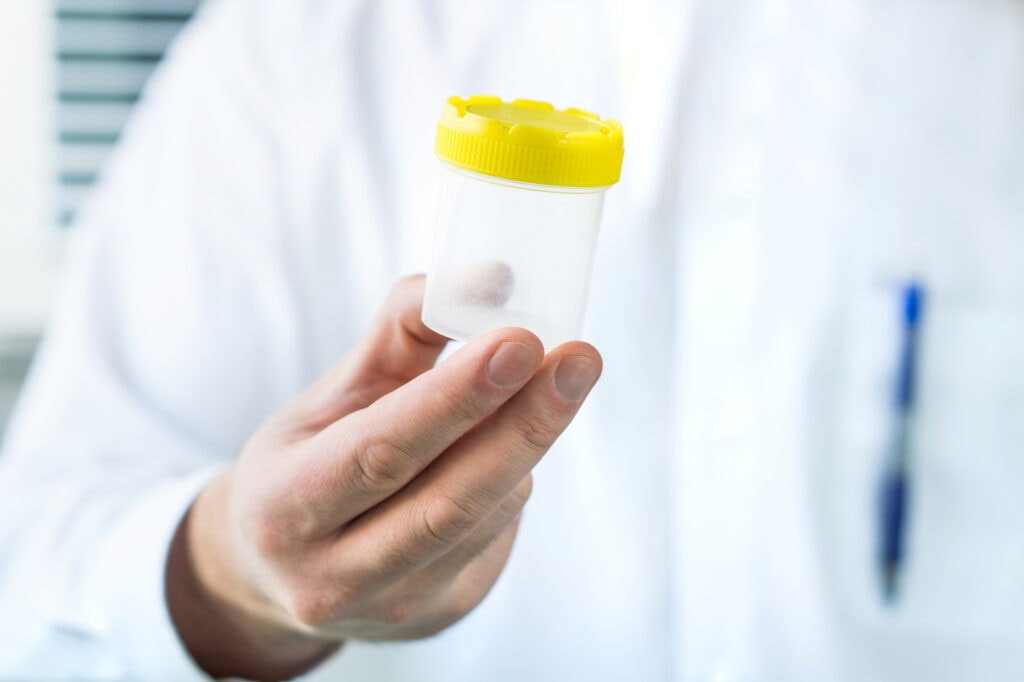The Power of Genetic Testing in IVF: Opening New Doors to Healthy Beginnings
In vitro fertilization (IVF) has revolutionized the field of reproductive medicine, offering hope to couples struggling with infertility. While IVF has been successful in assisting many couples in achieving pregnancy, the addition of genetic testing to the process has further enhanced its potential. Genetic testing in IVF allows for a deeper understanding of embryos’ genetic makeup, enabling doctors to select the healthiest embryos for transfer. In this blog post, we delve into the remarkable impact of genetic testing in IVF and its role in ensuring healthy beginnings for families.
Enhancing Success Rates: Genetic testing plays a vital role in improving the success rates of IVF procedures. By analyzing the genetic material of embryos prior to transfer, doctors can identify genetic abnormalities and chromosomal disorders. This knowledge allows for the selection of embryos with a higher likelihood of implantation and successful pregnancy. By choosing the healthiest embryos, genetic testing significantly increases the chances of a successful IVF outcome and reduces the risk of miscarriage.
Preventing Genetic Disorders: One of the most significant advantages of genetic testing in IVF is the prevention of genetic disorders. Certain genetic conditions, such as Down syndrome, cystic fibrosis, and Tay-Sachs disease, can be detected through genetic testing. By identifying embryos with these conditions, doctors can help parents make informed decisions about the continuation of the pregnancy or explore alternative options such as preimplantation genetic diagnosis (PGD) or preimplantation genetic screening (PGS) to ensure the transfer of healthy embryos.
Family Balancing and Gender Selection: Genetic testing in IVF also offers the option of family balancing and gender selection. For families with a specific genetic disorder that affects one gender more severely, such as hemophilia, this technology allows for the selection of embryos of the desired gender. Additionally, for couples with a strong preference for a specific gender, such as those seeking to balance their family dynamics, genetic testing provides a method to choose embryos of the desired sex.
Reducing Emotional and Financial Burdens: Infertility treatments can be emotionally and financially draining for couples. Genetic testing in IVF helps alleviate some of these burdens. By selecting embryos with a higher chance of success, couples can avoid repeated unsuccessful cycles and the emotional toll that accompanies them. Additionally, transferring healthy embryos reduces the risk of complications and the need for invasive procedures such as fetal testing or termination later in the pregnancy, thereby providing peace of mind for expectant parents.
Ethical Considerations and Counselling: While genetic testing in IVF presents exciting possibilities, it also raises important ethical considerations. Counseling plays a crucial role in the process, ensuring that couples fully understand the implications and potential outcomes of genetic testing. Ethical discussions center around topics such as embryo selection based on non-medical traits, the creation and disposal of embryos, and the potential for unintended consequences. Open and thoughtful conversations between medical professionals, patients, and ethics committees are essential for maintaining ethical standards and respecting individual values.
Genetic testing has brought about a remarkable transformation in the world of IVF. By enabling the selection of healthy embryos, it has significantly increased the success rates of IVF procedures while reducing the risk of genetic disorders and miscarriage. The ability to choose the gender of embryos and promote family balancing further expands options for prospective parents. However, it is essential to approach genetic testing in IVF with careful consideration, ensuring ethical guidelines are followed, and comprehensive counseling is provided. Ultimately, genetic testing in IVF represents a significant advancement in reproductive medicine, offering hope and the opportunity for healthy beginnings to couples longing to build their families.
For more information about genetic testing in IVF, please checkout Crown IVF’s website.
Make sure to check out our previous blog post about embryo donation.








